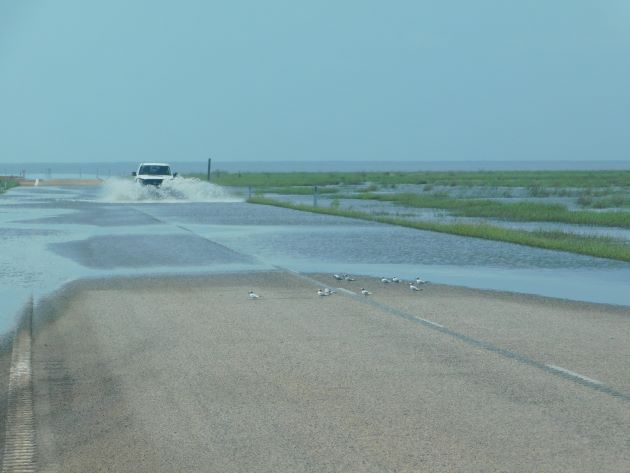
Before we had the change in our weather after Tropical Cyclone Ilsa we had months of isolated showers and the Great Northern Highway to the south of Broome was an excellent location to observe both White-winged Black Terns and Whiskered Terns. The Terns were quite content loafing on the highway and flying off when the limited traffic approached as you can see above.
We did not get the huge flocks of locusts this year like we did in 2021. This resulted in no large flocks of Oriental Pratincoles in the area during the past few months and less Terns than in other years when there have been more locusts present. The Terns take advantage of the barbed wire fence along the edge of Roebuck Plains as a roost. The cattle moved away from the flooded areas and the area beside the highway is home to many species of birds.
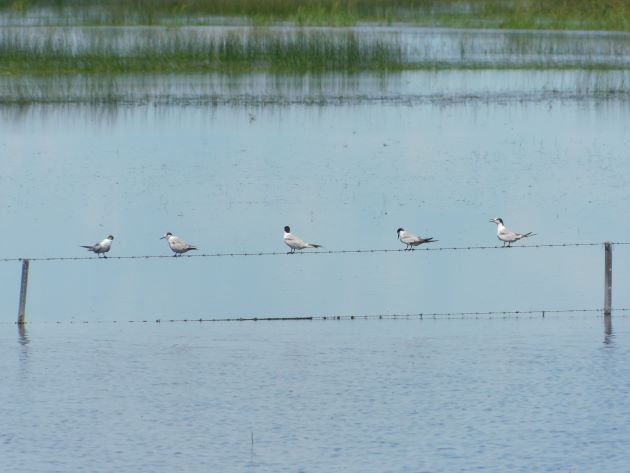
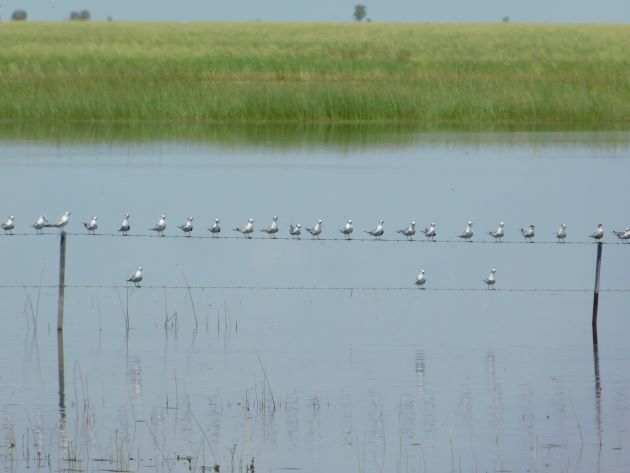
Whiskered Terns roosting on the barbed wire
There have been several Swamp Harriers in the area and it doesn’t take much for the Whiskered Terns to take off from the barbed wire. This barbed wire fence is the only place that the birds really have that they can roost when the land is so flooded.
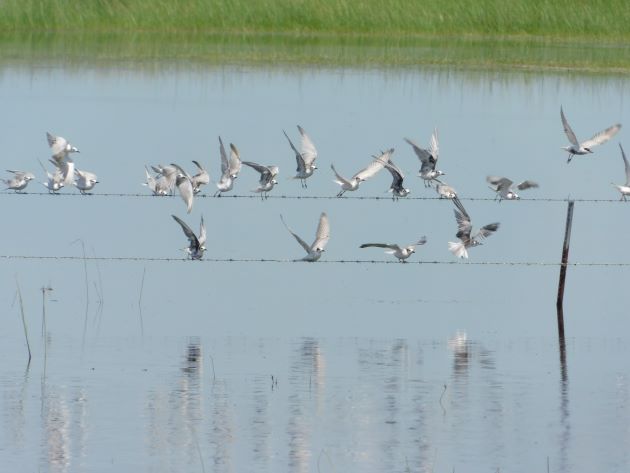
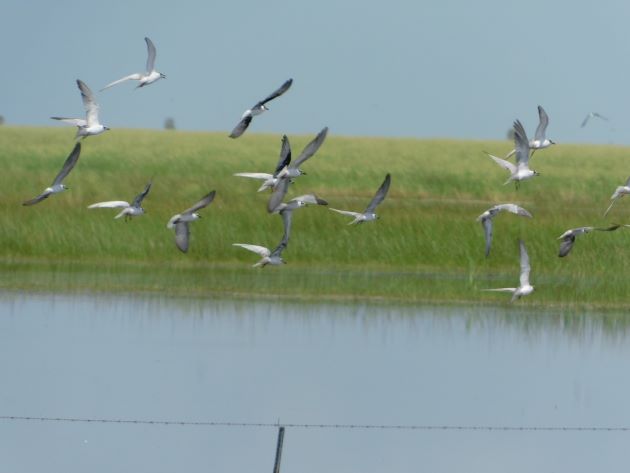
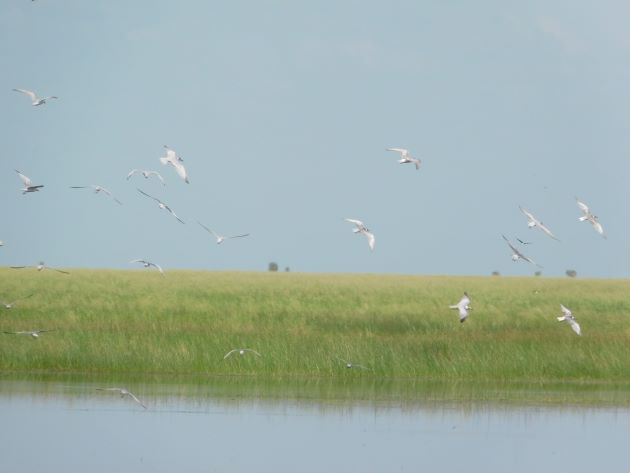
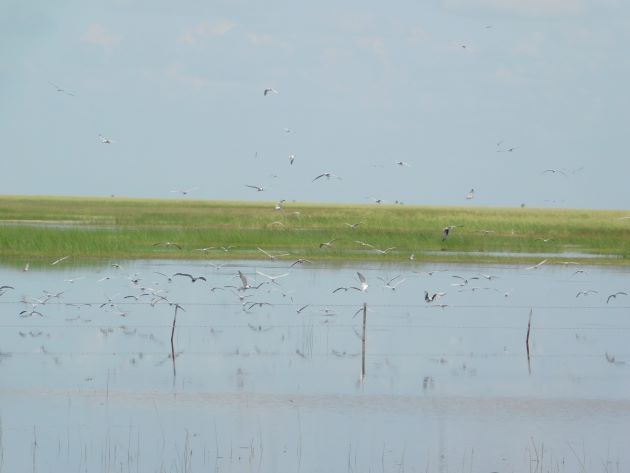
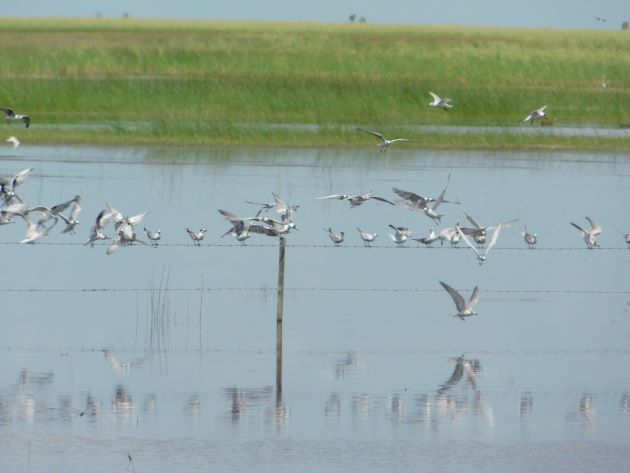
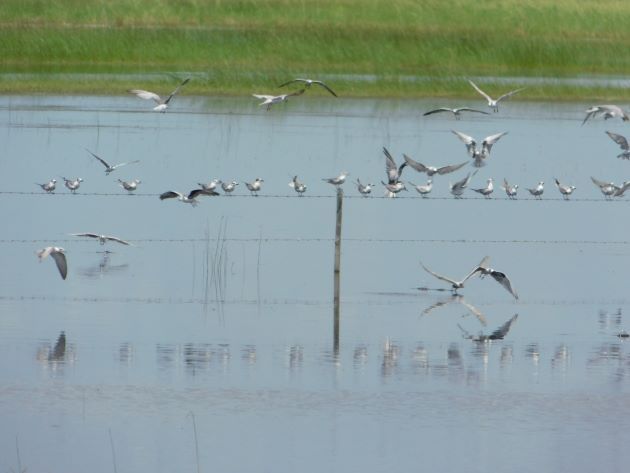
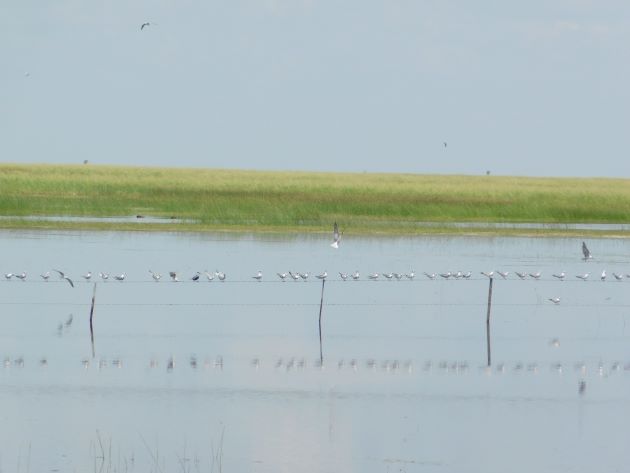
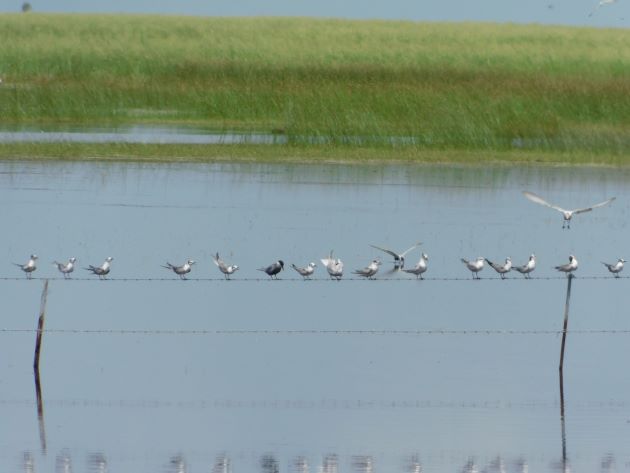
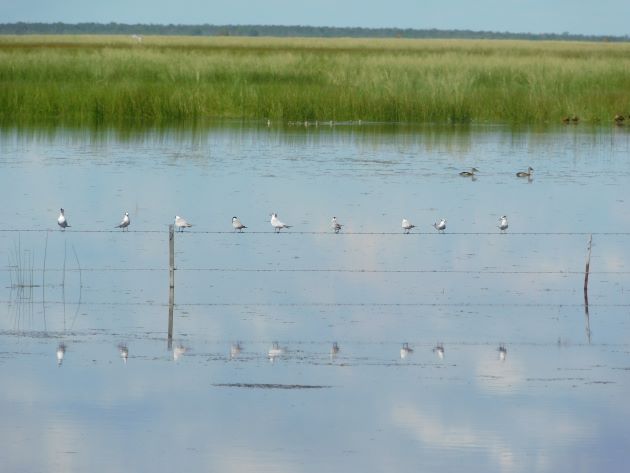
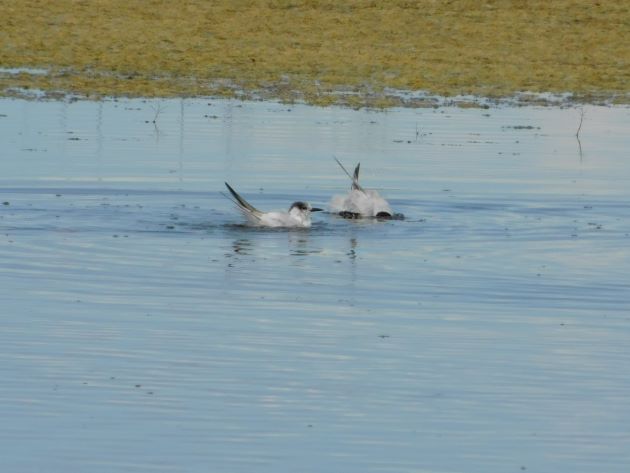
Terns in flight, bathing and returning to the barbed wire
Over recent weeks it has been a lot easier to observe the changing plumage of the White-winged Black Terns. The darker plumage has really stood out as the Whiskered Terns and White-winged Black Terns roost in the barbed wire.
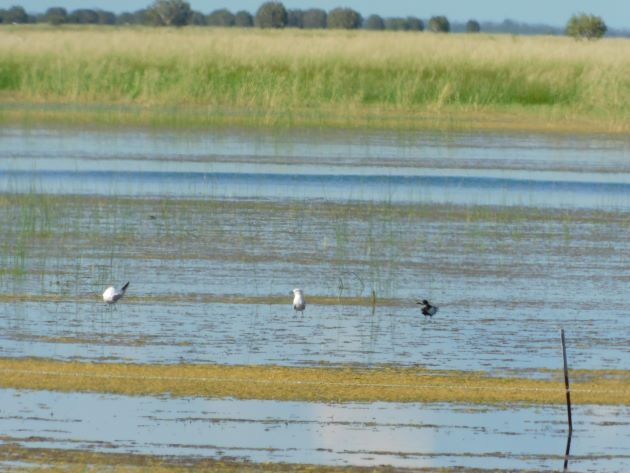
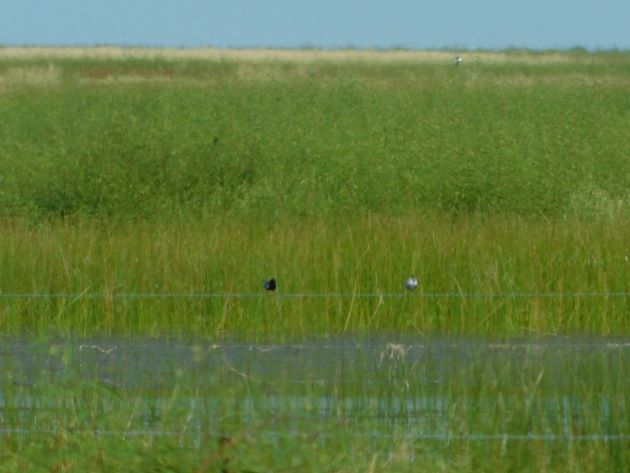
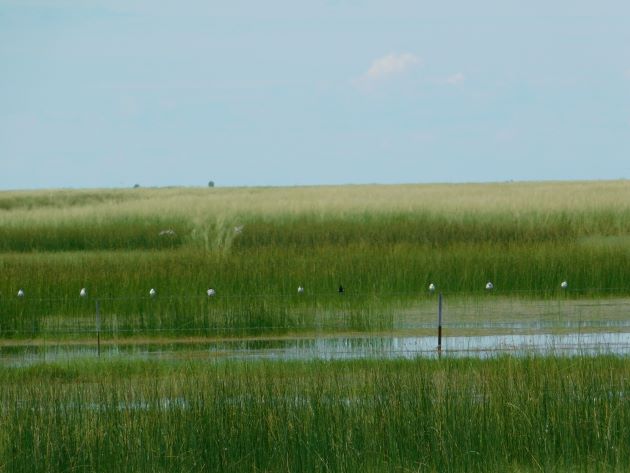
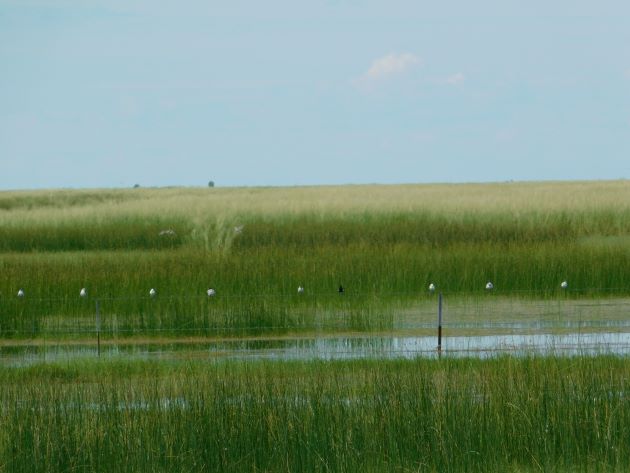
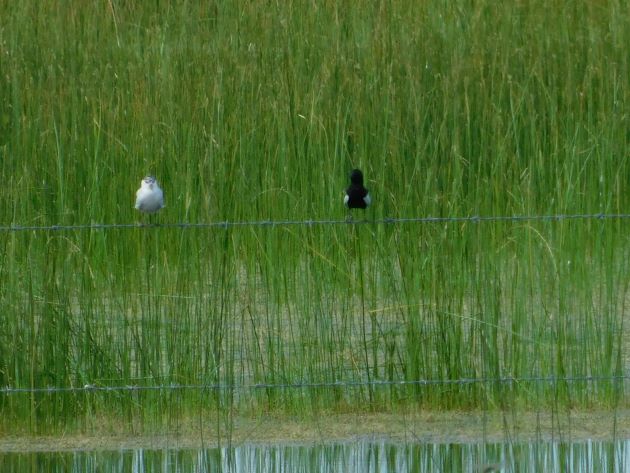
Whiskered Terns and White-winged Black Tern
Even the gates to the station, which remain surrounded by floodwater, are useful roosts for the Terns.
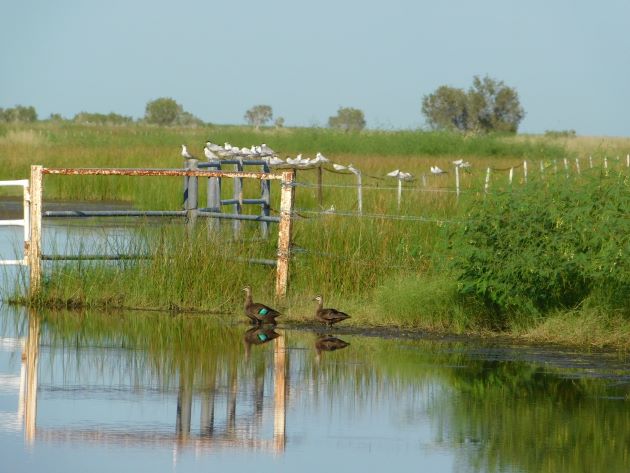
Terns roosting and Pacific Black Ducks
There has been ample food for the Terns and other bird species for many months now. There will be water across this landscape for some time yet, but with no rain predicted now for many months it won’t take long for the landscape and environment to change.













Leave a Comment